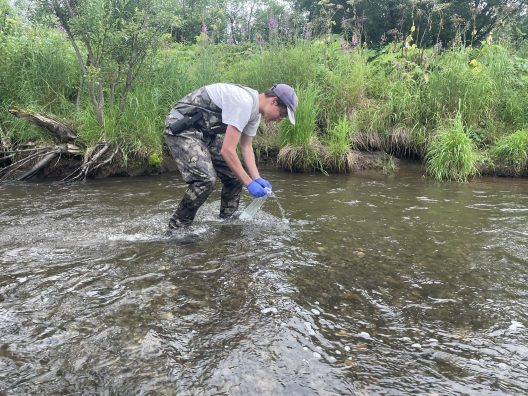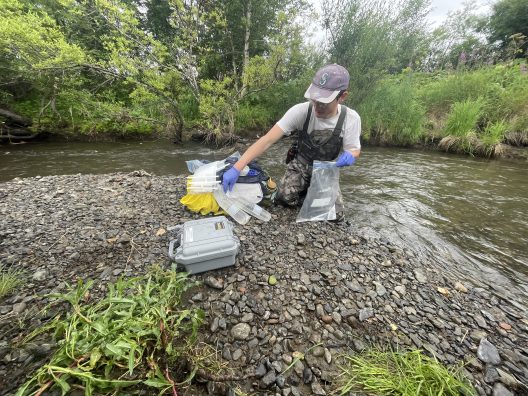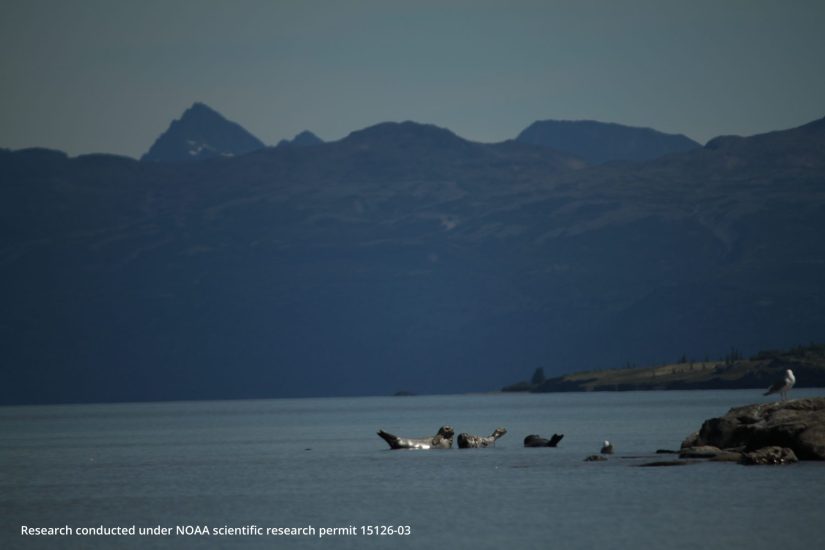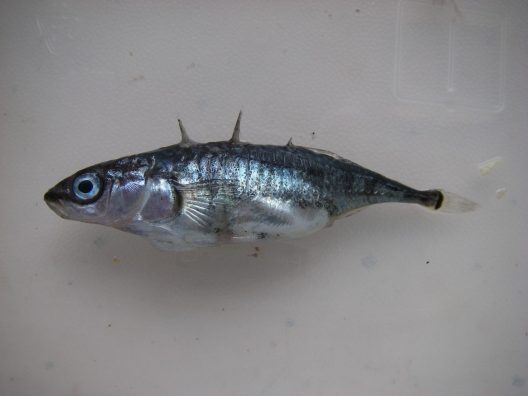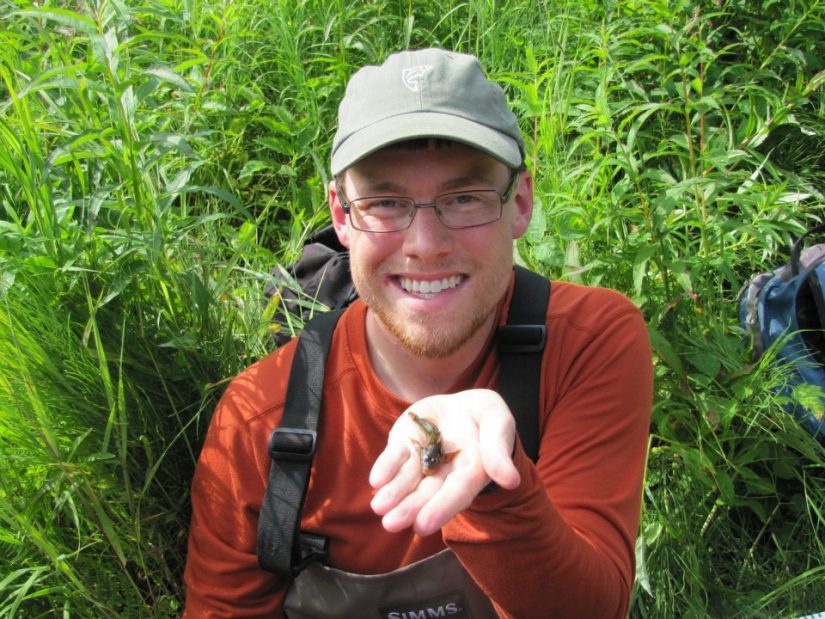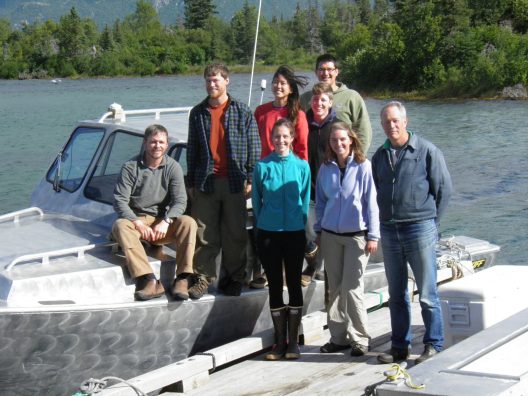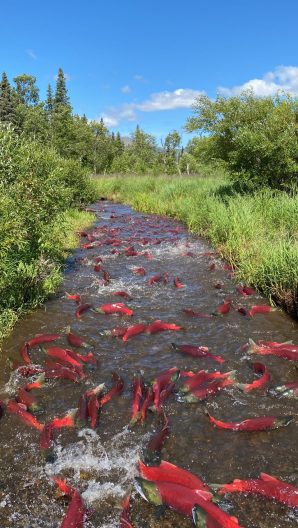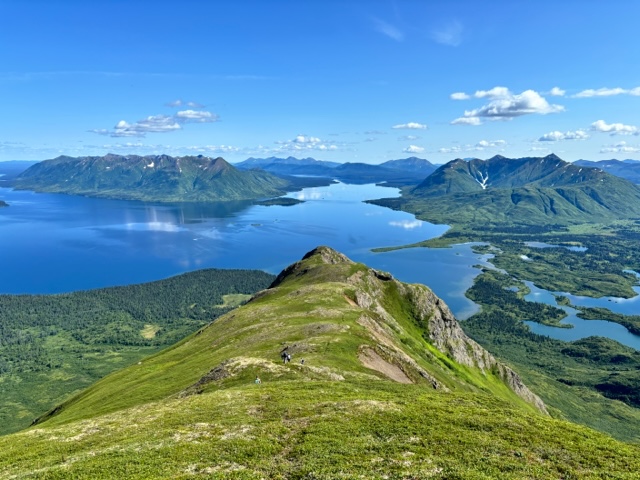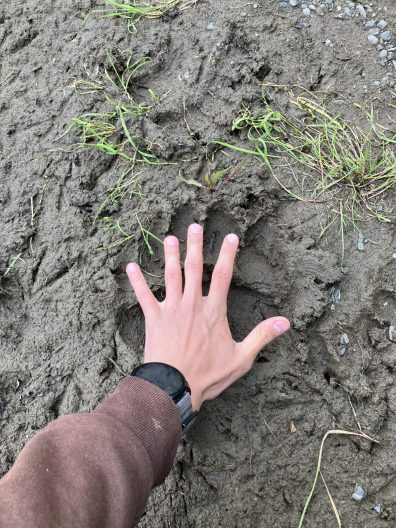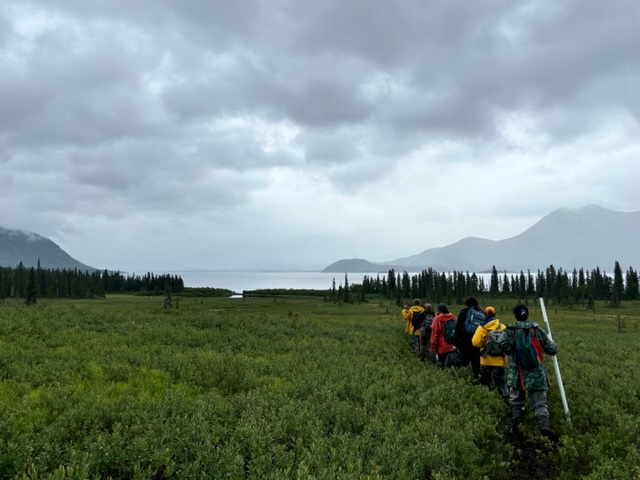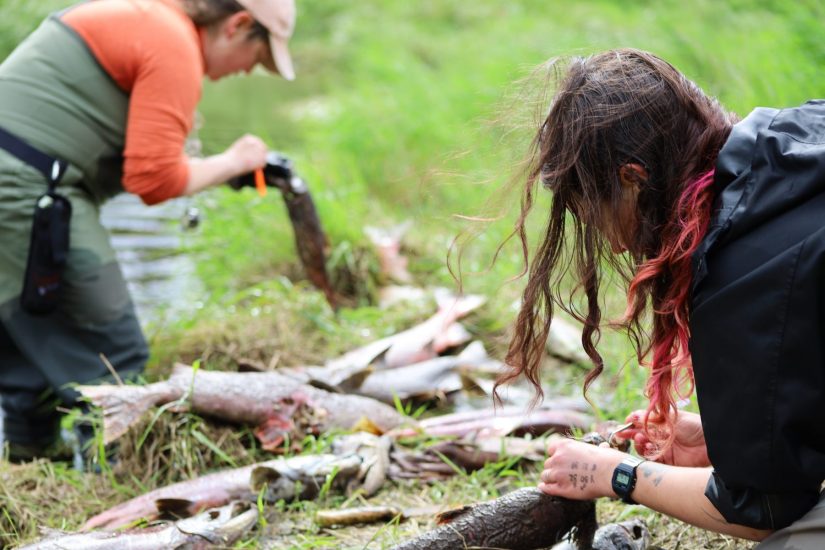For many students about to embark on their undergraduate journey at university, they plan to study one thing but end up studying something completely different. This was the case for SAFS undergraduate, Ryan Luvera. “Coming into UW, I, along with many of my peers, thought I would go into medicine. However, my blue-collar fishing family genes had other plans. My love for fisheries has devoted me to protecting Washington and Alaska’s waters, which have fed and clothed my family for three generations,” Ryan said. “The SAFS undergraduate degree was an obvious choice for me. The coursework, capstone, and connections I have gained have been invaluable.”
One of the goals of the SAFS degree is to prepare students through classes, lab work and fieldwork, to undertake and lead their own research project as the final requirement of the major – it’s called a capstone. Ryan, who’s in his junior year, decided to get started on his capstone early, using the skills he’s already learned.
- Ryan collecting eDNA water samples in Happy Creek.
- Storing the eDNA samples taken from the river.
“I’ve always been a fan of practical science. Environmental DNA is a blossoming field which has applications for management of invasive, endangered, and commercially important species. After being accepted to the Alaska Salmon Program for the summer of 2024, I decided to contact Wes Larson from NOAA Fisheries who had done an environmental DNA project already within the Alaska Salmon Program watershed. My capstone focuses on improving the salmon abundance estimation models that he had created,” Ryan shared.
The Alaska Salmon Program hosts UW students each summer to spend a month or more at the field camps to live and work in a diverse ecosystem which supports one of the world’s most important fisheries. For Ryan, he used this time to work on his own capstone research under the guidance of Wes, building on an existing, larger project. Wes happened to be in Alaska at the same time, teaching an eDNA section during the Aquatic Ecological Research in Alaska (AERA) Class for the Alaska Salmon Program, so the timing worked out perfectly for Ryan’s research.
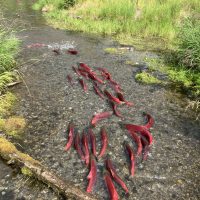
“The larger project aims to use environmental DNA samples (collected in water) which are taken from the mouth of streams (where the stream enters the lake) to estimate the abundance of salmon within the stream,” Ryan said. “My project is focused on samples taken at several points while walking approximately 1km up two streams. At these set points going up the streams, we counted all the DNA copies that were present. From this, we want to hopefully see an increase in eDNA as water flows past salmon swimming in the stream. Ultimately, this data will help make our models better for estimating salmon abundance with eDNA samples taken at the mouth of streams as we understand how much eDNA is actually making it there, not just settling on rocks or being eaten by microbes.”
Sampling two streams that feed into Lake Aleknagik—Happy and Eagle Creek—Ryan worked with the AERA 2024 class, carrying roughly 120 pounds of water down Happy Creek “It was a rough day. I stayed up all night filtering water and putting the filters into preservative solution which allowed us to store the eDNA at room temperature. We then run a quantitative PCR to count the abundance of DNA within each sample and use that data to understand how eDNA is flowing within these streams. Preliminary results suggest that eDNA is better at flowing to the mouth of streams when there are lots of salmon and even with a higher flow of water.” Ryan said.
During their time at SAFS, undergrads are encouraged to seek out opportunities to enhance their experience at conducting research. Ryan not only found useful opportunities within UW—such as the Alaska Salmon Program field season and SAFS classes—but he also worked with external agencies to gain valuable research experience.
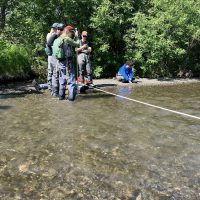
“Doing any sort of field sampling has been very helpful for my capstone. Not just the experience with field sampling, but also the troubles that come with it. It has really shown me that being prepared for anything is key. As for my degree, the writing classes, like FISH 290, have been pivotal as you create a mock capstone project and learn foundational knowledge in scientific writing and presentation. Doing a quantitative science minor has also been very beneficial, and I think the QSCI series really should be required for the fisheries degree,” Ryan said.
One key thing Ryan would share with other undergraduates is to take those opportunities that may seem strange or a bit of a long shot in the moment. “In terms of external experience, I had no degree specific experience before undergrad, unless you count making tuna sandwiches at Subway as fisheries. As an undergraduate, work snowballs fast. My freshman year, I applied to be an intern at King County Department of Natural Resources and Parks (DNRP) which was a long shot, but it worked out,” Ryan shared. “Taking strange opportunities is important. I got a job with the Alaska Department of Fish and Game because of a conversation with my nurse. Applying and working in a variety of positions has also been key for not only figuring out my path, but it also helps with future applications. Once you work in a position and talk to your mentor/advisor, you will start to understand what these positions are looking for. From there you can apply that knowledge to the next position to exceed their expectations. Working for Alaska Department of Fish and Game was hard, but I learned so much about management and fisheries from different stakeholders. Seeing the fishery from many different angles (research, management, family) has allowed me to become more attractive to employers.”

A frequently asked question for prospective students thinking of applying to university is about scholarships, and it remains an important question even when working your way through an undergraduate degree. Ryan applied for the Washington State Opportunity Scholarship while in high school. “I would recommend anyone in their undergraduate experience who meets the qualifications to apply as the benefits are vast. It’s not only about the money, but the scholarship also allows you to build skills while making connections with potential employers,” Ryan said. “I give credit to the scholarship for giving me a start at King County. They notified me about the opportunity and provided resources, such as peer mentors, who could help with application materials. Now, I am one of their peer mentors for students in their first and second years at UW and Western Washington University. Being able to relay resources that are available specifically through the scholarship, provide support and mentorship, and share information on opportunities such as internships, to other undergrads who were in the same position that I was two short years ago, has been very rewarding.”
So, what’s next for Ryan, once he graduates from SAFS? “I am hoping to go to graduate school here at UW, but we’ll see! Government work is my end goal, probably locally at the Washington Department of Fish and Wildlife (WDFW) or the Washington Department of Ecology (WDOE). That’s where I see myself making the most impact on my community here in Washington.”
Want to learn more about other undergraduate research?
